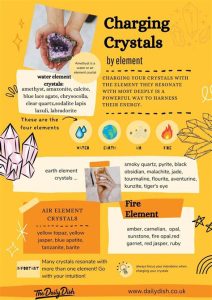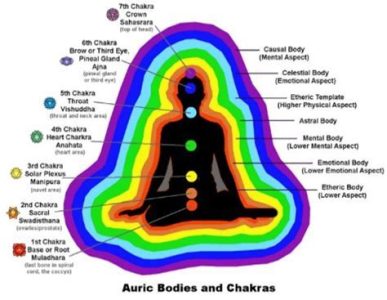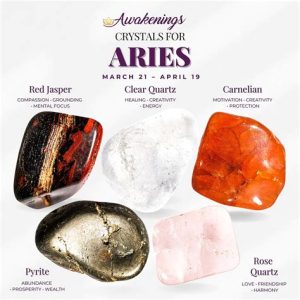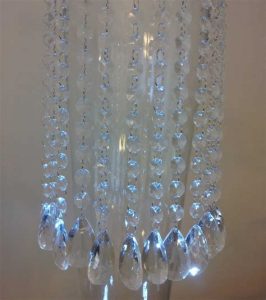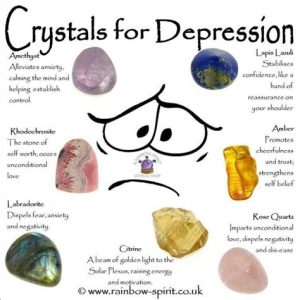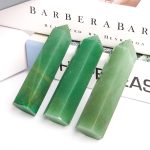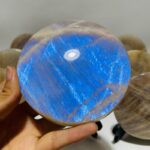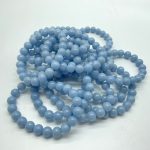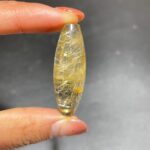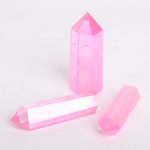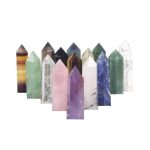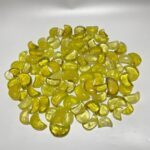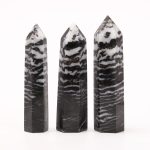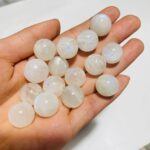Introduction
In the realm of gemstones, a fierce battle rages for supremacy: the clash of dark red gems. Ruby, garnet, and spinel, each boasting its unique allure, vie for the title of the ultimate crimson treasure. This comprehensive guide will delve into the depths of these precious stones, comparing their characteristics, uses, and value to empower you with informed choices.

Characteristics: A Clash of Radiance
Color and Inclusions
- Ruby: Intense fiery red, often with inclusions that enhance its character.
- Garnet: Deep, velvety red, ranging from brownish to purplish hues.
- Spinel: Vibrant pure red, often mistaken for ruby due to its exceptional clarity.
Hardness and Durability
- Ruby: Exceptionally hard with a rating of 9 on the Mohs scale.
- Garnet: Moderately hard with a rating of 6.5-7.5, making it suitable for everyday wear.
- Spinel: Slightly softer than ruby with a rating of 8, still offering excellent durability.
Origins: A Geographical Journey
- Ruby: Found primarily in Myanmar (Burma), Mozambique, and Thailand.
- Garnet: Widely distributed, occurring in Tanzania, India, Sri Lanka, and the United States.
- Spinel: Sourced predominantly from Myanmar, Sri Lanka, and Vietnam.
Applications: From Adornment to Technology
Jewelry and Accessories
- Ruby: Sought-after for engagement rings, pendants, and earrings.
- Garnet: Popular in necklaces, bracelets, and earrings due to its affordability.
- Spinel: Used in high-end jewelry as a cost-effective alternative to ruby.
Industrial Uses
- Spinel: Its synthetic form is utilized as a laser medium and in electronics.
- Garnet: Abrasives and filter media benefit from the hardness of garnet.
Value and Pricing: A Matter of Perception
Factors Influencing Value
- Color: Intensity and purity of the red hue are paramount.
- Clarity: Fewer inclusions enhance value.
- Carat Weight: Larger stones command higher prices.
- Cut: Precision cutting maximizes brilliance.
Comparative Market Prices
- Ruby: $500-10,000 per carat
- Garnet: $10-200 per carat
- Spinel: $50-500 per carat
Pros and Cons: Unveiling the Advantages and Disadvantages
Ruby
Pros:
* Highest value and prestige
* Exceptional hardness and durability
Cons:
* Rarest and most expensive
* Inclusions may diminish brilliance
Garnet
Pros:
* Affordable and widely available
* Range of colors and hues
Cons:
* Softer than ruby and spinel
* Inclusions more common
Spinel
Pros:
* Pure red hue and exceptional clarity
* Cost-effective alternative to ruby
Cons:
* Not as well-known as ruby or garnet
* Synthetics may imitate natural spinel
Current Status and Future Prospects: Embracing Innovation
The market for dark red gems is poised for growth in 2025. Increasing demand for unique and ethical gemstones, coupled with technological advancements, is driving the industry forward.
Emerging Trends
- Lab-created gemstones: Technological advancements offer cost-effective alternatives.
- Sustainability: Consumers seek ethically sourced and environmentally friendly gems.
- Innovative applications: Garnet is finding new uses in electronics and laser technology.
Future Outlook
The demand for dark red gems is expected to remain strong. Ruby will continue to reign supreme, while garnet and spinel will gain popularity as affordable and sustainable options.
Conclusion: The Crimson Throne
As the battle for supremacy rages on, it is the wearer’s personal preferences and values that ultimately determine the victor. Whether it is the fiery passion of ruby, the deep allure of garnet, or the vibrant purity of spinel, each dark red gem holds its own unique charm. As you embark on your quest for the ultimate crimson treasure, may this guide empower you with the knowledge to make an informed choice that will adorn your life with beauty and meaning.
Tables
Table 1: Characteristics Comparison
| Ruby | Garnet | Spinel | |
|---|---|---|---|
| Color | Fiery Red | Deep Red | Pure Red |
| Hardness | 9 Mohs | 6.5-7.5 Mohs | 8 Mohs |
| Origin | Myanmar | Tanzania | Myanmar |
| Inclusions | Common | Common | Rare |
Table 2: Applications Comparison
| Jewelry | Industrial | |
|---|---|---|
| Ruby | Engagement Rings | N/A |
| Garnet | Necklaces | Abrasives |
| Spinel | Earrings | Lasers |
Table 3: Value and Pricing Comparison
| Ruby | Garnet | Spinel | |
|---|---|---|---|
| Factors Influencing Value | Color, Clarity, Carat Weight, Cut | Color, Clarity, Carat Weight | Color, Clarity, Carat Weight |
| Comparative Market Prices per Carat | $500-$10,000 | $10-$200 | $50-$500 |
Table 4: Pros and Cons Comparison
| Dark Red Gem | Advantages | Disadvantages |
|---|---|---|
| Ruby | Highest value and prestige, exceptional hardness and durability | Rarest and most expensive, inclusions may diminish brilliance |
| Garnet | Affordable and widely available, range of colors and hues | Softer than ruby and spinel, inclusions more common |
| Spinel | Pure red hue and exceptional clarity, cost-effective alternative to ruby | Not as well-known as ruby or garnet, synthetics may imitate natural spinel |


